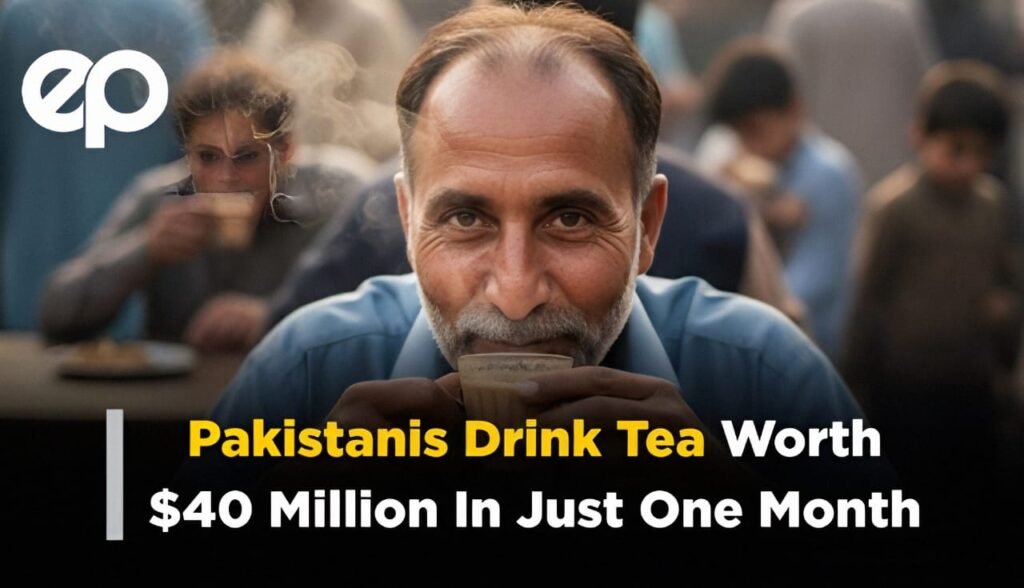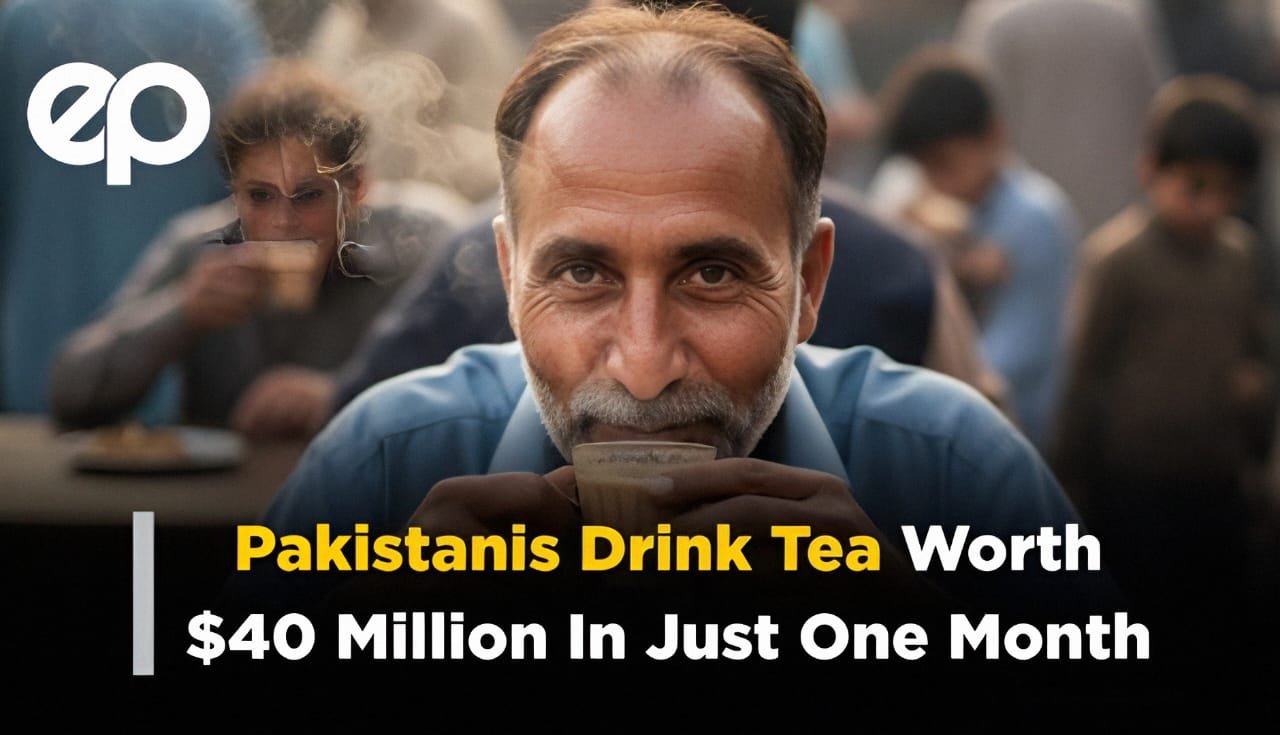In Pakistan, chai isn’t just a drink—it’s a way of life. Pakistanis Drink Tea Worth $40 Million in Just One Month in July 2025 alone, proving just how much this beloved beverage means to the nation. From the bustling streets of Karachi to quiet villages in Khyber Pakhtunkhwa, tea is everywhere. It’s the morning pick-me-up, the afternoon breather, and the evening chat-starter. With over 220 million people sipping at least three cups a day, chai is Pakistan’s ultimate comfort drink.
Chai-making is practically an art form here. Picture this: tea leaves boiled with creamy milk, a generous scoop of sugar, and maybe a hint of cardamom or cinnamon for that perfect doodh patti. It’s not just a drink; it’s a vibe. Roadside dhabas and fancy cafes alike buzz with people bonding over steaming cups, chatting about everything from politics to family drama. The phrase chai pe charcha (tea-time talks) sums it up perfectly—chai brings people together like nothing else. Even in tough times, whether it’s power cuts or economic woes, brewing a cup of chai is a small act of joy that keeps Pakistan going.X
The Price of a Tea Addiction
But this love for chai comes with a hefty price tag. Pakistan is one of the world’s biggest tea importers, and that $40 million spent in just one month is part of a larger trend. According to the Pakistan Bureau of Statistics, the country imported $468.248 million worth of tea—over 184,663 metric tons—in the first nine months of 2024-25. That’s a lot of tea, even with a 5.45% drop from the previous year. With Pakistan’s economy struggling—think shrinking foreign reserves, a weakening rupee, and soaring inflation—this tea obsession is putting serious pressure on the nation’s wallet.
Back in 2022, Pakistan’s reserves plummeted from $16 billion to under $10 billion in just a few months, barely enough for two months of imports. Tea, though a daily essential for millions, is technically a non-essential import, eating up dollars that could go elsewhere. The country typically spends around $600 million a year on tea, and with global prices climbing, that number keeps growing. Even with a $3 billion IMF bailout in play, the $40 million July 2025 tea bill shows just how hard it is to cut back on this national habit. READ NEXT https://elevenpakistan.com/it-is-a-sunnah-to-marry-off-a-daughter/
A Brew with History
Pakistan’s tea craze has deep roots. Before the 1947 partition, tea came mostly from India, a major producer. But when Pakistan lost East Pakistan (now Bangladesh) in 1971, it also lost access to tea gardens, turning the country into a full-on tea importer, relying on countries like India, Sri Lanka, and Kenya. Efforts to grow tea locally kicked off in the 1980s, with Chinese experts eyeing Mansehra’s hilly terrain as a good spot. More attempts followed in Swat in 2001, but local production is still a drop in the bucket compared to the massive import demand.
Public Pushback and Pricey Cups
The economic strain of tea imports has sparked some bold ideas—and even bolder reactions. In 2022, Planning Minister Ahsan Iqbal suggested Pakistanis cut back on tea by a cup or two daily to save foreign reserves. The response? Pure outrage. Social media lit up with comments like, “Is he seriously telling us to ditch chai?” and “No way I’m giving up my tea!” The backlash showed just how sacred chai is to Pakistanis. Asking them to drink less was like asking them to stop breathing.
Meanwhile, tea prices have skyrocketed, hitting Rs1500 to Rs1900 per kilogram in 2023. What was once a cheap daily pleasure is now a growing expense for many families. The government has tried curbing imports of luxury goods, but targeting tea—a cultural icon—is a political minefield. People aren’t just sipping tea; they’re holding onto a tradition that feels untouchable, no matter the cost.

Can Pakistan Grow Its Own Tea?
To ease the import burden, Pakistan has been experimenting with homegrown tea. The National Tea & High Value Crops Research Institute is pushing for cultivation in places like Mansehra, but progress is slow. Limited funding, lack of expertise, and a focus on crops like wheat and cotton have kept tea farming on the back burner. The All Pakistan Tea Association noted in 2023 that a weaker US dollar could help lower tea prices, but without a big boost in local production, imports will keep ruling the roost.
Pakistan’s $40 million tea splurge in July 2025 tells a bigger story: chai is the heartbeat of the nation, but it’s also a strain on its economy. This isn’t just about a drink—it’s about a culture that binds people together through thick and thin. Yet, with foreign reserves dwindling and prices climbing, Pakistan faces a tough choice: keep pouring money into imports or find ways to grow its own tea. The road to self-sufficiency is long, but one thing’s clear—Pakistan’s love for chai isn’t going anywhere. The challenge now is making this beloved tradition sustainable for the future.
READ MORE



